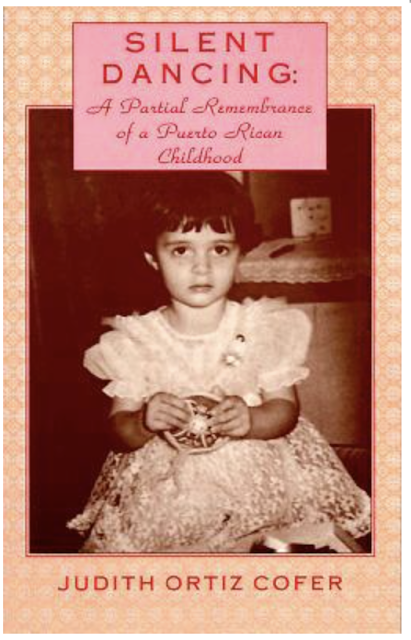Annotation for "Sontag: Her Life & Work" by Benjamin Moser (published 2019)

For readers of the late Susan Sontag , Benjamin Moser's Sontag: Her Life and Work , will help retrieve her well-known critical essays and novels, such as Illness As A Metaphor and Notes On Camp , and place them in the light of her deeply fraught childhood and her struggles with identity. Two concerns, amidst a vast number of them, include the alcoholism of her mother and Sontag 's acceptance of her homosexuality in a still largely conservative America. Moreover, Moser traces Sontag 's life (spanning 1933 - 2004) as well as her ancestry by using historical documentation, most notably Sontag 's actual diary entries, in which a paradoxical politics concerning the idea of authenticity reveals itself, as well as another major theme recurrent in Sontag's work: the division between mind and body. What might make this book stand out for many readers is quite surprising: Mosers' grasp on the multi-faceted layers of Jewish culture and history i...





